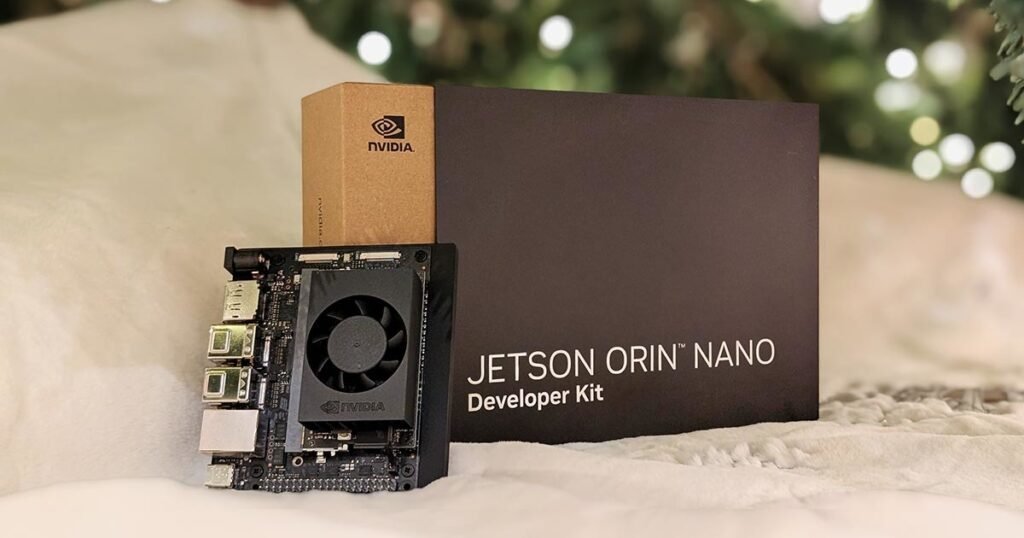For years, content creation was thought of as a uniquely human craft—something fueled by creativity, intuition, and cultural context. But artificial intelligence is rapidly reshaping that assumption. Today, algorithms aren’t just assisting writers, designers, and marketers; they’re generating entire articles, producing video clips, and even curating personalized campaigns at a scale no human team could match. The content industry is entering a new era, and it’s happening faster than anyone expected.
From Assistants to Creators
Initially, AI tools positioned themselves as “assistants.” Grammarly corrected grammar, Jasper suggested marketing copy, and Canva’s AI design tools automated layouts. But the new wave of generative AI goes beyond polish—it creates. Platforms like ChatGPT and Claude draft long-form articles, Synthesia generates realistic AI presenters for corporate videos, and Runway’s video models can turn text prompts into film-like footage.
These systems no longer just support content creators; in many cases, they are the creators. Marketing agencies are using AI to generate hundreds of ad variations and A/B test them instantly. News outlets like the Associated Press have used AI for years to generate sports recaps and financial earnings reports, freeing up journalists for investigative work. Even Hollywood has taken notice, with AI now being used to storyboard, simulate CGI effects, and localize scripts into dozens of languages.
Use Cases Across Industries
The applications are multiplying across sectors:
- Journalism: Outlets use AI to automatically generate stock reports, weather updates, and sports summaries in real time. Tools like Primer are even being tested for investigative leads by combing through large datasets.
- Marketing: Brands are deploying generative models to tailor product descriptions for different demographics, create localized ads, and personalize newsletters. Coca-Cola famously launched a campaign where fans used AI art tools to co-create branded visuals.
- E-commerce: Retail giants rely on AI to generate SEO-optimized product pages at scale. Dynamic content personalization engines can now adjust descriptions, recommendations, and even imagery based on browsing history.
- Film and Media: AI-powered video tools like Runway and Pika Labs enable small teams to produce studio-quality special effects. Disney researchers are experimenting with AI-based dubbing systems that sync lip movements to translated dialogue.
- Education: Platforms like Khan Academy are experimenting with AI tutors that not only deliver content but adapt explanations in real time to each learner’s level.
The Techniques Behind the Curtain
What makes this all possible is a combination of generative AI models and workflow integration:
- Large Language Models (LLMs): GPT, LLaMA, and Claude drive written content creation, from blogs to scripts.
- Text-to-Image Models: Stable Diffusion, MidJourney, and DALL·E empower designers to prototype visuals in seconds.
- Text-to-Video and Audio: Models like Runway Gen-2 and ElevenLabs bring cinematic clips and hyper-realistic voices to life.
- Automation Pipelines: AI isn’t just generating individual pieces; it’s being integrated into content management systems, allowing automated scheduling, SEO optimization, and analytics-driven iteration.
The Challenges: Quality, Bias, and Trust
But with opportunity comes risk. AI-generated content can lack nuance, spreading inaccuracies if not fact-checked. Bias baked into training data can seep into generated copy or visuals, raising ethical questions. And the flood of machine-produced material has sparked concerns about content authenticity—when an article or video is generated by AI, should readers and viewers always be told?
Regulators are already circling. The EU’s AI Act and the U.S. Copyright Office are grappling with whether AI-generated works deserve copyright protections, and how disclosure rules should apply. Meanwhile, media companies are creating internal guidelines to balance AI’s efficiency with journalistic integrity.
A Hybrid Future
For all the disruption, the consensus isn’t that AI will replace human creativity—it will amplify it. A copywriter can brainstorm 20 headlines in seconds instead of 2 hours. A video editor can generate mockups for clients before fine-tuning the final cut. A journalist can automate repetitive reporting tasks and focus on in-depth investigations.
The real shift is scale and personalization. Where one team once created one campaign, AI enables a thousand variations tailored to individual readers, viewers, or shoppers. That means content creation is moving from “one-to-many” to “one-to-one”—something only possible with machines working alongside humans.
AI is no longer just a background tool. It’s at the center of how stories, ads, and media are being created. The challenge ahead will be finding the balance—leveraging speed and scale without losing the human voice that gives content meaning. In a world where anyone can generate content instantly, authenticity may become the most valuable currency of all.



